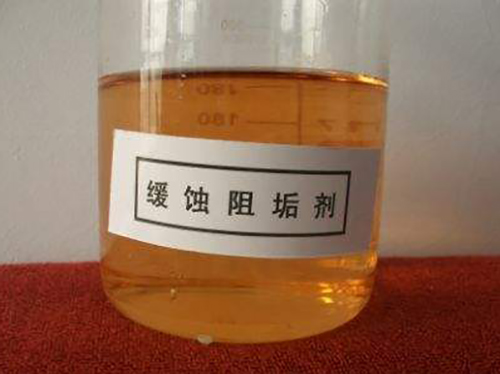chloromethyl isothiazolinone
Understanding Chloromethyl Isothiazolinone Uses, Safety, and Environmental Considerations
Chloromethyl isothiazolinone (CMI) is a chemical compound that belongs to the isothiazolinone family, widely recognized for its potent biocidal properties. Primarily used as a preservative and antimicrobial agent, CMI is commonly found in numerous household and industrial products, including personal care items, paints, adhesives, and various cleaning agents. While it offers considerable benefits in terms of preventing microbial growth, the use of CMI is not without controversy. This article explores the applications, safety concerns, and environmental implications of chloromethyl isothiazolinone.
Applications of Chloromethyl Isothiazolinone
The primary function of CMI is to serve as a preservative due to its ability to inhibit the growth of bacteria, fungi, and algae. This makes it an essential ingredient in cosmetic formulations and toiletries, where it helps prolong shelf life and maintain product performance. Personal care products such as shampoos, conditioners, lotions, and creams often contain CMI to prevent contamination over time.
In addition to personal care products, CMI is utilized in the manufacturing of paints and coatings. Its inclusion in these products prevents microbial growth that can lead to spoilage and degradation, ensuring that the finished product remains intact and visually appealing. Moreover, CMI is used in various industrial applications, such as metalworking fluids and construction products, where microorganisms can adversely affect performance.
Safety Concerns
Despite its effectiveness as a preservative, chloromethyl isothiazolinone poses significant safety concerns, particularly regarding skin sensitization and allergic reactions. Research indicates that CMI can cause contact dermatitis, a condition characterized by red, itchy, and inflamed skin. Consequently, regulatory bodies such as the European Union and the United States Environmental Protection Agency (EPA) have issued guidelines regarding its concentration levels in consumer products.
chloromethyl isothiazolinone

In 2013, the European Commission classified CMI as a sensitizing agent, leading to restrictions on its use in cosmetic formulations. Similar trends have emerged in other parts of the world, where manufacturers are encouraged to seek alternative preservatives that present lower toxicity risks. This has ignited a movement towards safer, more sustainable ingredients within the cosmetics industry, prompting innovation in formulation science.
Environmental Considerations
The environmental implications of chloromethyl isothiazolinone usage are also noteworthy. CMI is known to be toxic to aquatic organisms, raising concerns about its impact on water ecosystems. When products containing CMI are washed down the drain, they can enter water systems, potentially harming aquatic life. Consequently, there is a pressing need to assess and manage the environmental footprint of CMI, leading to increased research into its biodegradability and long-term effects on ecosystems.
To address these challenges, some regulatory organizations are advocating for more stringent environmental risk assessments and encouraging the development of biodegradable alternatives. Overall, as consumers become increasingly aware of sustainability issues, there is growing pressure on industries to seek eco-friendly substitutes for conventional preservatives like CMI.
Conclusion
Chloromethyl isothiazolinone remains a relevant topic in the fields of chemistry, safety, and environmental science. Its effectiveness as a preservative has made it invaluable in numerous products; however, the associated health risks and environmental concerns necessitate careful consideration. As awareness of these challenges grows, the industry faces pressures to innovate and adapt, seeking safer alternatives that align with consumer expectations and regulatory requirements.
In light of these ongoing developments, it is essential for stakeholders—ranging from manufacturers to policymakers—to engage in open dialogue about the use of CMI. As research continues to explore safer chemicals and sustainable practices, the future of chloromethyl isothiazolinone may reshape towards a more responsible and health-conscious approach, reflecting contemporary values and global environmental needs. Ultimately, the balance between efficacy, safety, and environmental stewardship is paramount for the ongoing use of chemical preservatives in our daily lives.
-
Understanding Polycarboxylic Acids: Properties, Applications, and Future PotentialNewsJul.28,2025
-
Scale Inhibitor Explained: How to Protect Your System from Limescale and Hard Water DamageNewsJul.28,2025
-
Scale and Corrosion Inhibitors: Essential Chemicals for Industrial Water System ProtectionNewsJul.28,2025
-
Polyaspartic Acid: A Biodegradable Polymer for Sustainable ChemistryNewsJul.28,2025
-
Isothiazolinones: A Versatile Antimicrobial Class with Industrial Power and Regulatory ChallengesNewsJul.28,2025
-
A Deep Dive into 2-Phosphonobutane-1,2,4-Tricarboxylic Acid (PBTC)NewsJul.28,2025





